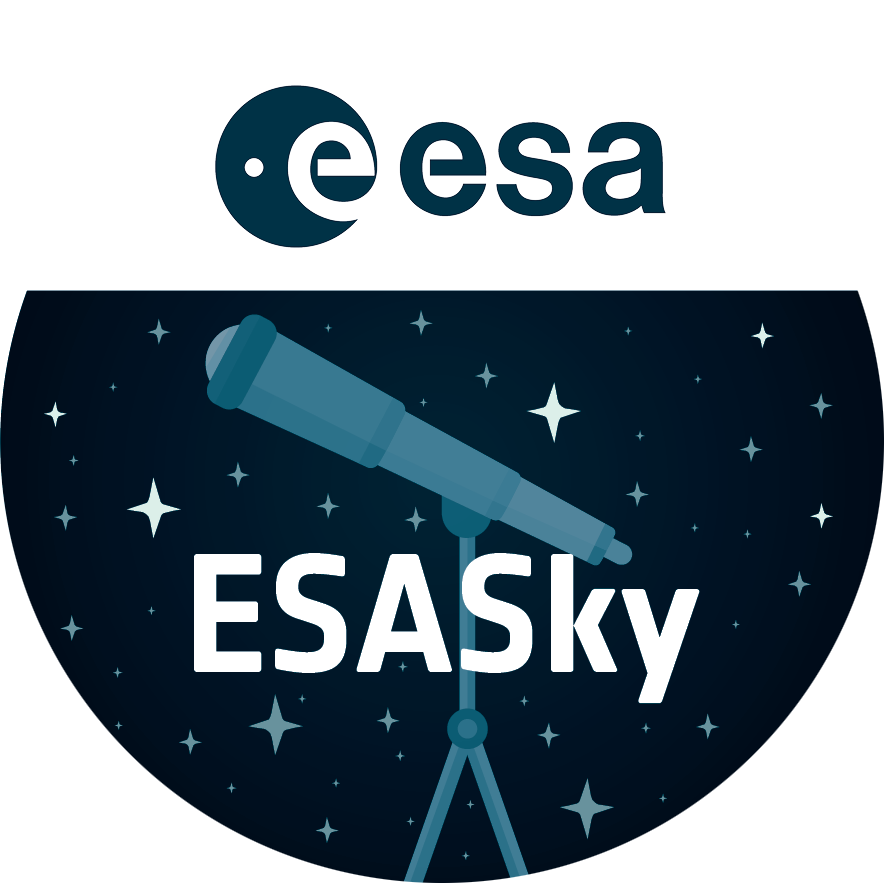Spitzer and Hubble team up to find "Big Baby" galaxy in the newborn Universe [NICMOS view]
This image demonstrates how data from two space observatories, the Spitzer and Hubble Space Telescopes, are used to identify one of the most distant galaxies ever seen. This galaxy is unusually massive for its youthful age of 800 million years. (After the Big Bang, the Milky Way by comparison, is approximately 13 billion years old.)
The galaxy was detected using Hubble's Near Infrared Camera and Multi-Object Spectrometer (NICMOS). But at near-infrared wavelengths it is very faint and red.
Credit:NASA, ESA, B. Mobasher ( Space Telescope Science Institute and the European Space Agency)
About the Image
| Id: | heic0513d |
|---|---|
| Type: | Observation |
| Release date: | 27 September 2005, 19:00 |
| Related releases: | heic0513 |
| Size: | 362 x 362 px |
About the Object
| Name: | Hubble Ultra Deep Field, HUDF, HUDF-JD2 |
|---|---|
| Type: | Early Universe : Galaxy : Size : Giant Early Universe : Galaxy : Grouping : Cluster |
| Distance: | z=4.25 (redshift) |
| Constellation: | Fornax |
| Category: | Star Clusters |
Classic Wallpapers
Coordinates
| Position (RA): | 3 32 38.74 |
|---|---|
| Position (Dec): | -27° 48' 39.86" |
| Field of view: | 0.54 x 0.54 arcminutes |
| Orientation: | North is 49.1° left of vertical |
Colours & filters
| Band | Wavelength | Telescope |
|---|---|---|
| Infrared J | 1.1 μm |
Hubble Space Telescope
NICMOS |
| Infrared Pseudogreen (J+H) |
Hubble Space Telescope
NICMOS | |
| Infrared H | 1.6 μm |
Hubble Space Telescope
NICMOS |


